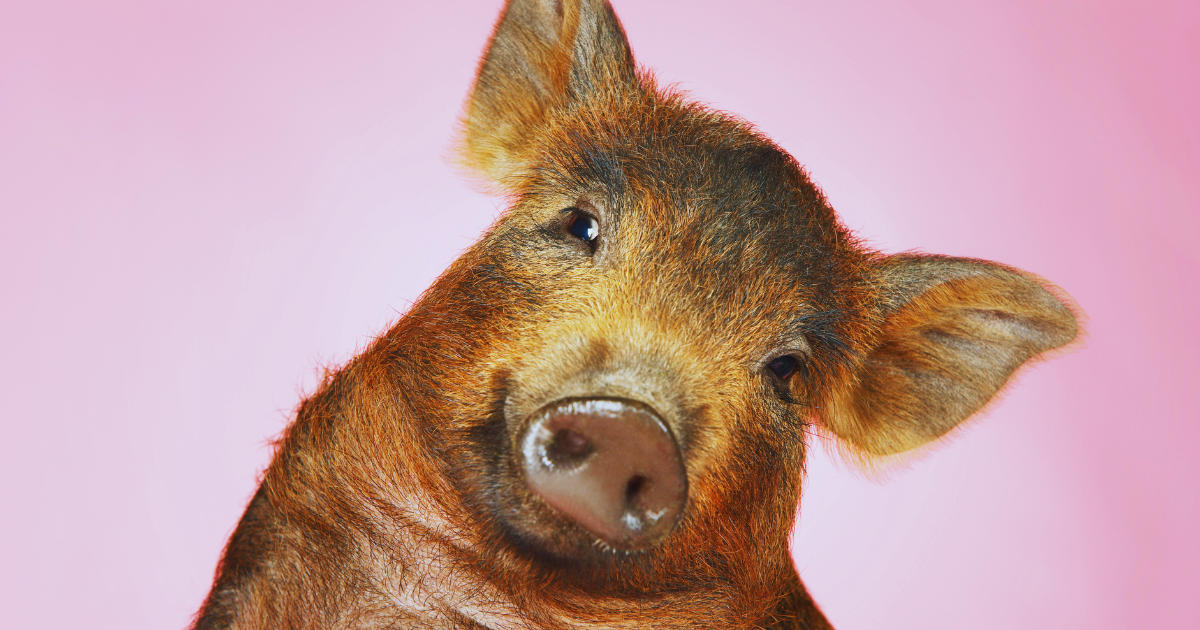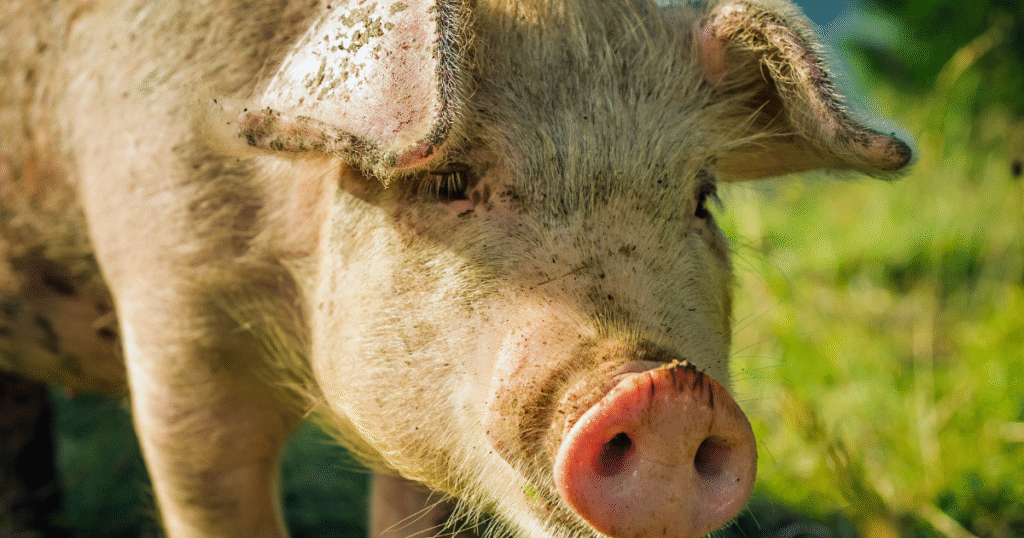
Imagine a future where animal organs could help save human lives. In August 2025, medical researchers made history by successfully transplanting a genetically modified pig lung into a human; he world’s first such feat. This landmark operation marks a turning point for biotechnology and transplant medicine, igniting new possibilities and raising profound questions for anyone interested in the health impact of animal foods. For carnivore diet enthusiasts, it opens a conversation about the deep connection between animal biology and human life, as well as the ethical, scientific, and practical implications for both medicine and nutrition.
The Science Behind Xenotransplantation
Xenotransplantation is the process of transplanting organs or tissues between different species, most often from animals to humans. Pigs, in particular, are favored for these experiments because their organs are similar in size and function to humans, and they can be genetically engineered to reduce the risk of rejection.
In the landmark procedure accomplished at the First Affiliated Hospital of Guangzhou Medical University in China, a genetically modified Bama miniature pig donated its left lung to a 39-year-old brain-dead man. The pig’s lung had undergone six CRISPR-induced gene edits to make the tissue less likely to trigger a human immune response. The aim was not long-term survival, but to observe immediate immune reactions and tissue viability.
What Made the Pig Lung Transplant Possible
Several breakthroughs in gene editing made the operation feasible. Scientists silenced three genes responsible for immune system-triggering sugars on the pig’s cells and introduced three human genes to regulate the inflammatory response better. The pig raised in a pathogen-free facility provided an organ with a lower risk of cross-species viral transmission.
Surgeons connected the pig’s lung to the human patient’s blood vessels and airway, then watched for the classic signs of “hyperacute rejection”: a sudden, severe immune attack. Incredibly, the first hours passed with no catastrophic rejection, showing the power of genetic and medical innovation.
Outcomes and Short-Term Challenges
Over nine days, the transplanted lung remained functional. The experiment achieved a milestone by demonstrating technical feasibility and avoiding immediate, lethal rejection. However, signs of antibody-mediated rejection, swelling, and injury appeared within days, revealing the complexity and delicate balance required in lung transplantation.
These complications were anticipated. Lungs, unlike other organs, have a uniquely high exposure to air and circulating blood, making them especially vulnerable to infection and immune attack. When doctors terminated the experiment after nine days, they had collected invaluable data about the major hurdles that remain before animal lungs are truly viable in human patients.
Implications for Organ Transplantation Shortages
Globally, thousands of people die each year waiting for donor organs. The need for lungs, hearts, and kidneys far outstrips supply. Xenotransplantation, especially with pigs that can be bred and genetically tailored, may offer a stopgap or “bridge” solution for desperately ill patients awaiting human donors. Previous successful transplants of pig kidneys and hearts have paved the way for these advances, showing that short-term survival and management of immune responses are possible.
For those following a carnivore diet, this medical breakthrough subtly underscores how animal biology at the deepest level can be harnessed to support and potentially heal the human body.
The Ethics of Using Animal Organs in Humans
The pig lung transplant raises important ethical questions. How should society weigh animal welfare against human lives? Gene editing and raising pigs specifically for medical purposes require rigorous standards for animal care and disease prevention. Families of donors and recipients must also consent to experimental procedures, often under difficult circumstances.
These issues open broader debates about biomedical ethics, the use of animal resources, and how advances in science may reshape the boundaries between species.
What Carnivore Diet Followers Can Learn
The technology enabling pig-to-human organ transplants is rooted in our biological compatibility with animal tissues. For those passionate about the carnivore diet, this breakthrough validates the importance of animal foods as sources of vital nutrients and even life-saving biological materials.
It invites a deeper appreciation of the health-promoting factors contained in animal flesh—such as easily absorbed proteins, fats, vitamins, and immune-modulating compounds. Just as organs and tissues from animals have therapeutic uses, meat and organ foods can support cellular health, recovery, and balance.
Breakthroughs in Genetic Engineering
The transplant would not have been possible without CRISPR gene editing. By carefully silencing and inserting specific genes, scientists custom-designed a pig organ that could survive in a human for days. These modifications helped evade fast-acting antibodies and controlled inflammation. The ongoing refinement in genetic engineering will determine the safety and broader viability of xenotransplantation in medicine.
Innovators are now working to further edit animal genomes, prevent the transmission of pig-specific viruses, and fine-tune compatibility so organs can last longer and support patients until human organs become available.
Future Directions in Xenotransplantation
While the ScienceAlert report documents only a short nine-day trial, the future holds potential for longer-term survival and possible clinical use. Researchers must optimize immunosuppressant regimens (the drugs that reduce immune attack), enhance genetic edits, and advance organ preservation methods. Lungs are especially challenging due to their role as a barrier to airborne pathogens.
Preclinical trials like this serve as stepping stones, giving scientists crucial insights into immune, physiological, and genetic roadblocks. Each advance teaches us more about how to make animal organs safe and effective for humans in need.

Broader Influence on Medicine and Health
These advances in xenotransplantation could reshape medicine for organ failure, trauma, and chronic diseases. While permanent animal organ transplants remain an aspiration, the “bridge” model, where a pig organ supports a patient temporarily, could save countless lives.
In parallel, the carnivore diet movement can draw inspiration from this frontier science. It reminds us that animal products, when managed with care and precision, have profound power to influence human health. Just as the right cut of steak fuels recovery, the right gene-edited organ can buy time for those who would otherwise not survive.
Potential Risks and Challenges Still Ahead
Despite the success of the pig lung surviving for nine days, scientists documented swelling, immune rejection, and tissue injury. Managing long-term compatibility, preventing infection, and refining genetic edits are the necessary next steps.
For potential recipients, long-term safety and the psychological impact of living with an animal organ remain under study. For carnivore practitioners, this echoes the importance of purity and healthfulness in sourcing animal foods—whether for nutrition, healing, or survival.
How This Impacts Critical Shortages of Donor Lungs
Medical demand for donor lungs keeps growing, while donor availability cannot keep up. Innovations like gene-edited pig lungs may eventually see clinical use, extending lives and building new options for sufferers of lung disease.
While the widespread use of animal organs in humans remains a future ambition, today’s landmark transplant fuels hope for millions of patients and their families, showing the adaptability of our biological systems and the ingenuity of modern science.
The first-ever transplantation of a genetically modified pig lung into a human represents a scientific turning point, driven by technology and biological understanding. This achievement illustrates the deep connections between animal and human biology and provides a new perspective for followers of the carnivore diet on the value and complexity of animal foods.
As medicine moves toward harnessing animal tissues to heal and sustain human life, enthusiasts of animal-based nutrition can take heart in knowing they are part of a broader scientific conversation, one where animal organs don’t just nourish, but may one day save lives outright. The successes and setbacks of xenotransplantation remind us that every meal, every breakthrough, and every ethical debate is part of the expanding frontier between the natural and the possible. In exploring these boundaries, both science and nutrition stand to benefit.
READ MORE
- Each set includes 50 engraved natural river stones. Small enough to put in your Purse or Pocket. Selling item in party s…
- Stone size is Approx 2”- 3”, weighing about 2 ounces. Fit in pocket called pocket stones and also sizing to hold in hand…
- Polished stunning pebble stone, with positive words hand engraving, not imprinting or etching. For many different occasi…





